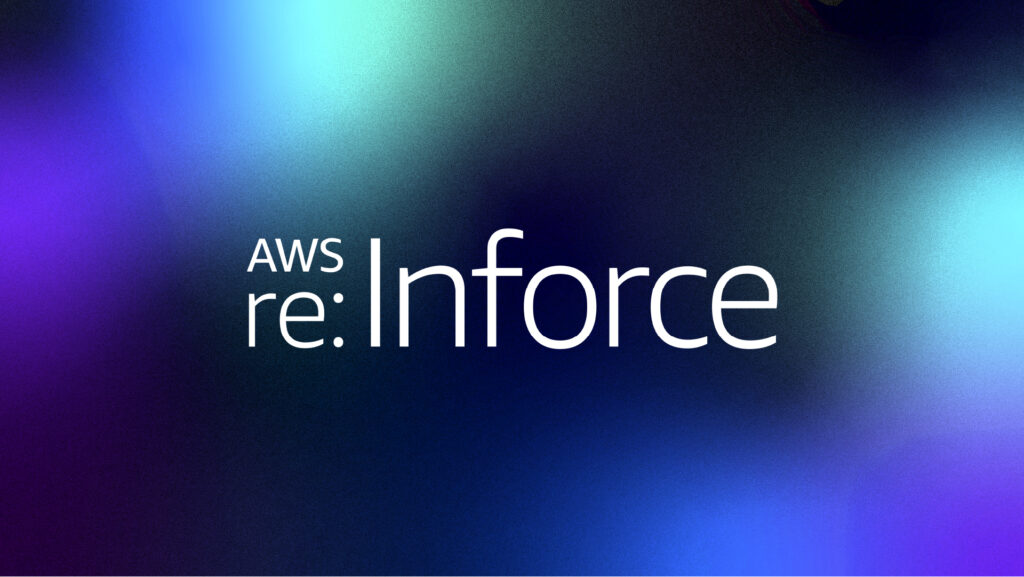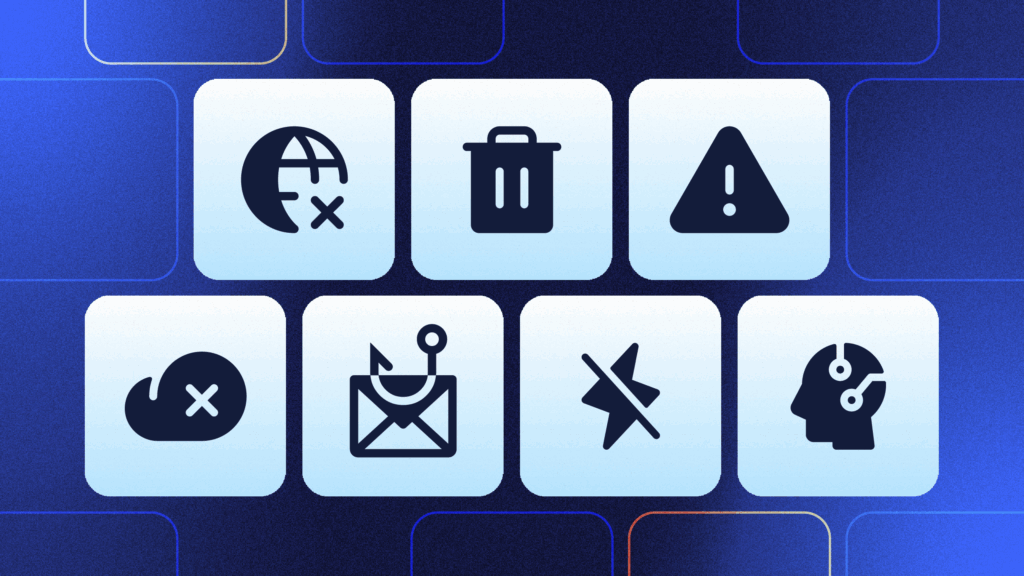Online project management software and tools can streamline and simplify projects, especially for remote or distributed teams. Trello is a project management platform that has gained popularity thanks to its rich variety of features and add-ons as well as flexible functionality. From customer relations to campaign planning to daily to-dos, Trello is used by over 50 million people worldwide. When used correctly, it can provide invaluable guidance and support to project managers and team members at every step of their project’s journey.
Spotlight On: Trello for Project Management
Specifically, the Trello project management platform has gained popularity because it’s been designed with productivity in mind. We all know that if you can improve the productivity of each team member – as well as your project managers – you’ll be firmly on track to delivering the expected results on time, every time.
We decided to tap into the expertise of some of the most renowned leaders in the project management community. Where should project managers focus when striving to optimize their teams’ productivity? What are their key recommendations? How can digital platforms like Trello support a project during its entire lifecycle?
Then, we collected their expertise into actionable lessons for your next project (in a convenient blog post, no less).
So, let’s get started!
Use “Lessons Learned”
Champion
Elizabeth Harrin, FAPM and prominent author, blogger, and speaker.
Recommendation
Lessons learned are pieces of organizational knowledge that you gather as you conduct, manage, and conclude projects.
They’re typically categorized into two areas: things that went well and things that didn’t.
Many project managers and teams do a great job of capturing and documenting lessons learned during a specific project. However, all too often, everyone’s in too much of a rush to wrap up the last loose ends and move onto their next project. That insight ends up being filed away after the project is complete and never looked at again.
Importance
Those who don’t remember their mistakes are doomed to repeat them. That is to say, if we don’t use the lessons we’ve learned, there’s little point in gathering them.
Taking a structured and intentional approach to documenting and applying lessons learned can help you reduce time, costs, and frustration on future projects.
So, what can you do to make sure experiences translate into better outcomes next time?
Success calls for a sharp focus on creating a culture of continuous improvement within the team where people actively seek out help and opportunities to learn and improve.
You need to forge a mindset where people and teams are curious to learn from other initiatives so they don’t make the same mistakes themselves.
Of course, it might be quite hard to sell the benefits of focusing on lessons learned – it’s not the most glamorous or exciting area of project management. It makes sense, therefore, to entrench and formalize the process as a regular deliverable or milestone within the project scope.
It needn’t be a time-consuming, arduous task – that in itself could put people off. Try collecting asynchronous feedback first, then invite team members to discuss their insights in a casual manner. Anonymous feedback options can also help inspire honesty among your teammates.
There are usually one or two small pearls of wisdom that you can take from every project and apply to future ones to positively impact their outcomes. You just need to make it quick and easy for people to share their learnings!
Trello Tip
So, why not consider creating a Lessons Learned Trello Board?
This is a central repository of all the lessons learned during every phase of your project to which all team members can contribute at any time.
People can post their comments, thoughts, and feedback under the appropriate column, i.e., What Went Well, What Didn’t Go Well, What We Can Do Better, Changes to Implement, Lessons Learned, and Long-term Changes to Consider. Take a look at this example for inspiration.
Ensure Continuous Communication
Champion
Gina Abudi, MBA, with over 20 years of experience in project and process management, leadership development, and human resources.
Recommendation
Ensuring effective and ongoing communication is vital to every project’s success.
But if it was easy, we wouldn’t need to write this article.
There are so many team members and stakeholders with whom you need to communicate, from the onset of a project through to its end.
To create and sustain effective ongoing communication, you need to be mindful that everyone has their own communication preferences and styles. Tailoring your communication to who you’re talking to, including their personal style, their role, and their timezone/location drastically increases the effectiveness of team communication. For example, an extroverted teammate may prefer a video chat to text communication. Someone in a less technical role likely won’t respond well to communication full of jargon. Someone working across the world will most likely appreciate not being messaged in the middle of (their) night. A little thoughtfulness and planning before you communicate go a long way to how your message is received.
The project stage is another important consideration. During early stages, there’s no need to overwhelm less relevant stakeholders with constant updates. As projects become more complex as they approach the deadline, your communications will need to become more detailed, frequent, and targeted.
Mastering effective continuous communication requires that you keep people engaged and responsive throughout the project lifecycle.
Importance
A lack of effective continuous, open, two-way communication within a project team will increase your chances of the project being derailed.
That’s because it will be difficult to identify the root cause of issues early on before anything goes wrong and deadlines start slipping. Once that happens, people often become defensive and start to play the blame game.
That kind of behavior leads to further communication breakdown.
To pre-empt such eventualities, it’s a good idea to invest time in crafting, formalizing, and sharing a clear communication methodology with your team up front – heading off the blame game before it can even begin.
Trello Tip
While continuous team communications are vital to a project’s success, sometimes providing regular status updates to stakeholders can leave little time to actually get work done!
Trello’s project management platform includes great Power-Up features that streamline and automate communications to stakeholders and make progress visible to all – thus avoiding the need for you to set up (yet another!) meeting.
Daily Updates is a Power-Up that quickly gets everyone on the team on the same page.
For example, development teams find it useful in sharing updates and answers to critical questions. Encourage team members as well as leaders to complete their daily updates frequently, respond to other’s queries, and provide support and feedback. This strengthens communication from the bottom up as well as the top down.
Dive Into the Details
Champion
Nichole Dyer, Senior Product Marketing Manager at Rewind, is a B2B SaaS Product Marketer responsible for bringing really cool products and features to market. With over six years of PMM experience, including team and project management, Nichole is fluent in organizational productivity.
Recommendation
Not all features are the same, and not all product launches require a full-blown marketing launch.
When planning for a product launch, the first step is knowing what the priority of the launch will be, then scaling the marketing program accordingly.
Turn your launches into tiers and build out each tier with every single moving part you need to launch.
Using these blueprints will make your next launch super-easy to plan for, because you’ll already know exactly what needs to happen in each tier. Using a project management tool will make it super-easy to manage when tasks need to be completed.
Importance
A good product launch requires strategy; strategy requires research, and research requires time.
Using your launch tiers, you have an idea of what the tasks and deliverables will be, the governance of the project, and the dependencies on cross-functional teams.
These elements help you schedule your timeline and roll out your project with enough time to be highly organized, with the highest standards, on time, and with the biggest impact possible.
Trello Tip
Cards are a fundamental feature of Trello, and they have a deep set of features that can be customized in so many useful ways.
Get nitty-gritty inside your cards. Be specific. Really fill them out and make use of all the actions. “Write content” is a terrible to-do item on a card. “Write copy for an email campaign to new subscribers post-event” is detailed, specific, and actionable.
A thoughtfully built out card can answer questions, eliminate duplicate work, and provide extra context.
When leading up to a new product launch, the list of to-dos is long. Making use of a shared Trello board makes sure that everyone involved is aware of the tasks they’re responsible for. No deliverables left behind!
Once you’ve got a good rhythm making use of cards, rinse and repeat for future projects to save even more time.
Build an Action Plan
Champion
Jennifer Bridges, PMP, is a sought-after executive coach in project management who is globally recognized as one of the most prolific YouTube video whiteboard trainers.
Recommendation
In project management, an action plan is understood as a document that lists the steps you need to take to achieve your goals. It provides details of the resources you’ll need to draw on, the tasks that need to be accomplished (and by when), and who will do what.
To set up a comprehensive action plan, you’ll need to:
· Create a template in which you specify all assignments, tasks, and deadlines related to the project.
· Deploy a project management tool to track and monitor your progress and performance. Be sure to onboard all team members and stakeholders onto this tool and provide any necessary training.
· Determine what automatic alerts you require and set them up.
Importance
It’s easy to understand why having a digital action plan makes the lives of project managers so much less stressful!
It provides you with a single and real-time source of the truth as to what you need to do to accomplish your goals, by when, and who is responsible.
What’s more, it monitors your progress and milestones on your behalf, ensuring that nothing slips through the cracks.
By having this information collected in a single online repository, you’ll boost your chances of project success (and spend significantly less time wondering, where did I save that again??)
Trello Tip
Why not browse through these helpful project management templates from Trello to help you get started?
Take the time to assign owners to each deliverable by adding them to specific Trello cards.
And, to make sure that everyone knows when their work is due, you can assign due dates for all action items using Trello’s Due Date feature.
Manage Risk
Champion
Adriana Girdler is a project manager, productivity specialist, entrepreneur, professional speaker, facilitator, visioning wizard, and author. As President of CornerStone Dynamics, Adriana is one of Canada’s prominent business productivity and project management specialists – helping both individuals and businesses do what they do, only better.
Recommendation
In project management, risk is understood as the possibility that a project or task won’t happen or be completed as planned or within the anticipated timeframe.
Naturally, every project manager wants to minimize the possibility of disruptive events that can jeopardize their projects’ success.
However, we should accept that every project inevitably involves risk.
But it’s how you deal with it that counts: you can’t manage risk without thorough upfront planning.
Importance
A sensible place to start is to conduct a thorough risk analysis. Gather your team and key stakeholders together to brainstorm ideas about all the possible risks that could come your way.
Next, create a list of what could go wrong, why it could go wrong (causes), the impact of things going wrong, and the probability of something going wrong.
Finally, formulate a contingency plan (i.e., how you’ll tackle each risk should it occur), and a mitigation plan (what you’ll do to minimize each risk).
Trello Tip
If you’re planning to undertake a risk assessment exercise with your team as outlined above, we recommend creating a Risk Assessment board to guide you through the process.
You can then work together to map out your mitigation and contingency plans.
Having a contingency plan for risks big and small ensures your project won’t be completely derailed by unexpected changes or circumstances.
Working Safely in Trello
A risk that many individuals using SaaS products like Trello don’t think about is the risk of losing data. As you might know by now, there’s no “control Z” on Trello: when data is deleted or corrupted, it’s gone for good. Unless that is, you have a backup.
Experts recommend that if you’re using Trello as your master project management tool, it’s a good idea to safeguard your Trello boards with the Backups for Trello Power-Up. It automatically backs up all the information saved on your boards, cards, and lists, ensuring you have constant access to the data driving your project.



